“The Coast & the Sea: Marine and Maritime Art in America” now on view at the Portland Museum of Art is a solid and beautiful show – if you’re into nautical art.
It’s an exhibition created by the New York Historical Society, which, while it has been a troubled institution over the past couple of decades and isn’t well known away from the city, is one of America’s greatest historical troves.
The Maine Maritime Museum in Bath provides a far more entertaining presentation of maritime history, artifacts and art. “Coast & the Sea” is very New York-oriented, while the Maritime Museum successfully connects the sea culture and economies of Maine to the rest of the world. However, I suggest that anyone who might be interested in this subject go see it first at the PMA, both because the exhibition has a stronger art context and because it’s less expensive (MMM is $15 for adults, and while this show is usually $17 at PMA, it’s just $5 from 5 to 9 p.m. on Fridays).
The PMA installation is extremely staid and handsome with about 50 old-school paintings (the works range from 1750 to 1904) hung in sober rhythms in clean lines on pristine walls. While it’s hardly an exciting installation, the deep blue accent walls make the space designed by Henry Cobb look as good as it ever has.
Considering Maine’s major role in the development of American art, “Coast & the Sea” raises some interesting painting genre issues. The exhibition’s wall text awkwardly explains the titular distinction to include “maritime painting, which emphasizes the shore and sea as a site for human activity, and marine painting (or seascape), which places the coastal environment at center stage.”
Generally, maritime painting features boats while marine painting is a broader term that includes maritime painting and seascapes free of human activity, like the PMA’s Winslow Homer masterpiece “Weatherbeaten.” I only recall one pure seascape (marine) in the show, John Frederick Kensett’s 1861 “Sunset on the Coast.” So, while this is potentially an important genre distinction for the artistic culture of Maine, it’s not important for this show, despite the headline.
Still, other genres with sufficient density come into focus. There are renderings of famous naval battles. There are portraits of merchants, captains and ships. There are historic scenes, like an amateur’s entertaining primitivist rendering of Grover Cleveland reviewing the U.S. fleet in New York Harbor in 1893.
A particularly fascinating genre comprises the scenes depicting the demise of ships, such as Wesley Webber’s “Sinking of the ‘Ville de Havre’ November 22, 1873,” an incident in which 226 crew and passengers died and 87 survived, having been rescued by the iron clipper that struck the ship and which then sank after its crew and the 87 survivors were rescued by a cargo ship. One of the most impressive paintings in “Coast & the Sea,” both in technical and narrative terms, is Maurice Frederick Hendrick De Haas’ 1862 “Wreck of the Isle of Jersey.” It depicts a ship in a stormy landscape just as it crashes into a rocky shore that looks much like the coast around Portland.
While the funniest thing about “Coast & the Sea” is simply the name of the merchant “Preserved Fish” (his real name) depicted in a portrait, the portrait itself, featuring a pasty old man in a suit sitting down, isn’t much to look at. And the most entertaining painting, unfortunately, is not like anything else in the show: The subject of Howard Pyle’s 1893 “A Privateersman Ashore” is so outrageously flamboyant he makes Johnny Depp’s Captain Jack Sparrow character (inspired by Rolling Stones guitarist Keith Richards) look staid and mousy.
As someone who gobbled up every word of C.S. Forester’s Horatio Hornblower novels, I am particularly drawn to the high point of “Coast & the Sea,” the War of 1812-era naval battle paintings. America’s greatest hero, after all, is also the world’s oldest still-floating commissioned battleship: The U.S.S. Constitution (or “Old Ironsides,” built in Massachusetts when Maine was still part of that state). The exhibition’s finishing wall features a pair of Carlton Theodore Chapman’s excellent paintings of the historic engagement between her and the H.M.S. Java.
Less predictable is Thomas Birch’s 1838 “Escape of the U.S. Frigate ‘Constitution,’ ” which was a high-tension scene precisely because there was no wind: The crew had to man boats and row for three days until they had escaped the British fleet.
Another American retreat-as-victory story is behind a copy of Dominic Serres’ “Forcing the Hudson River Passage, October 9, 1776,” in which a squadron of British ships unflinchingly sailed past George Washington’s river defenses to take the Hudson. The colonies only prevailed in their war for “Independency” because Washington was able to slip out of tory New York without a devastating loss, the most notable and heroic escape being the retreat from Brooklyn Heights when Washington’s entire army was bailed out by steady and stealthy Maine fishermen.
From an art standpoint, “Coast & the Sea” is specialized, fussy and overly focused on New York for its “in America” title. But in the context of Maine’s maritime history and the PMA’s rich collection of marine art, it’s a worthy show for Portland.
Freelance writer Daniel Kany is an art historian who lives in Cumberland. He can be contacted at:
dankany@gmail.com
Copy the Story LinkSend questions/comments to the editors.

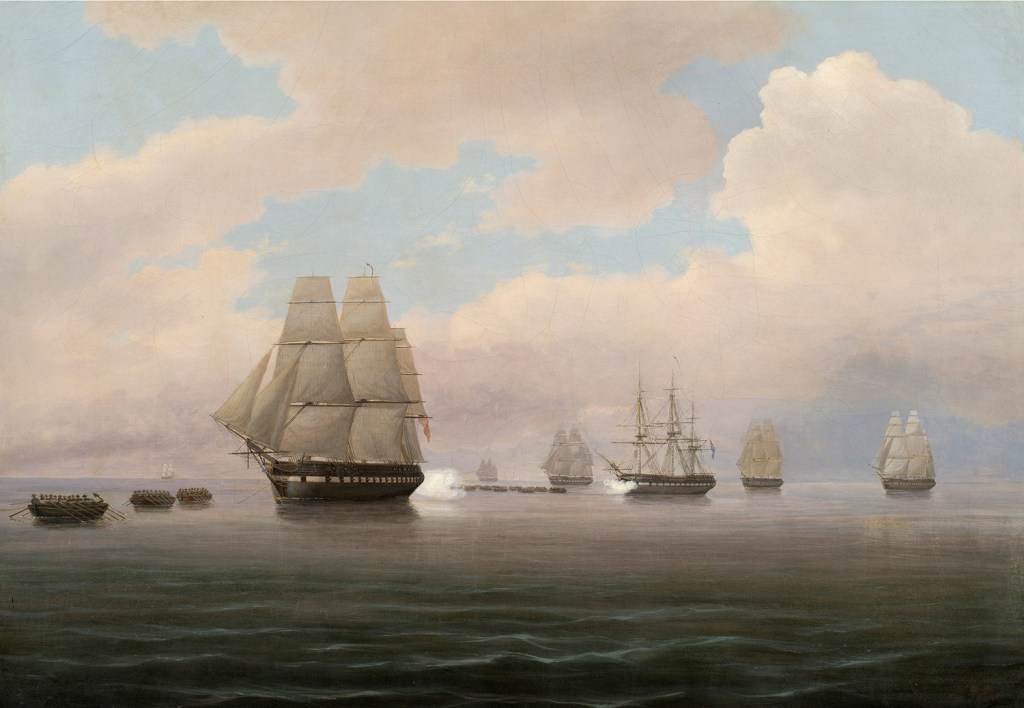
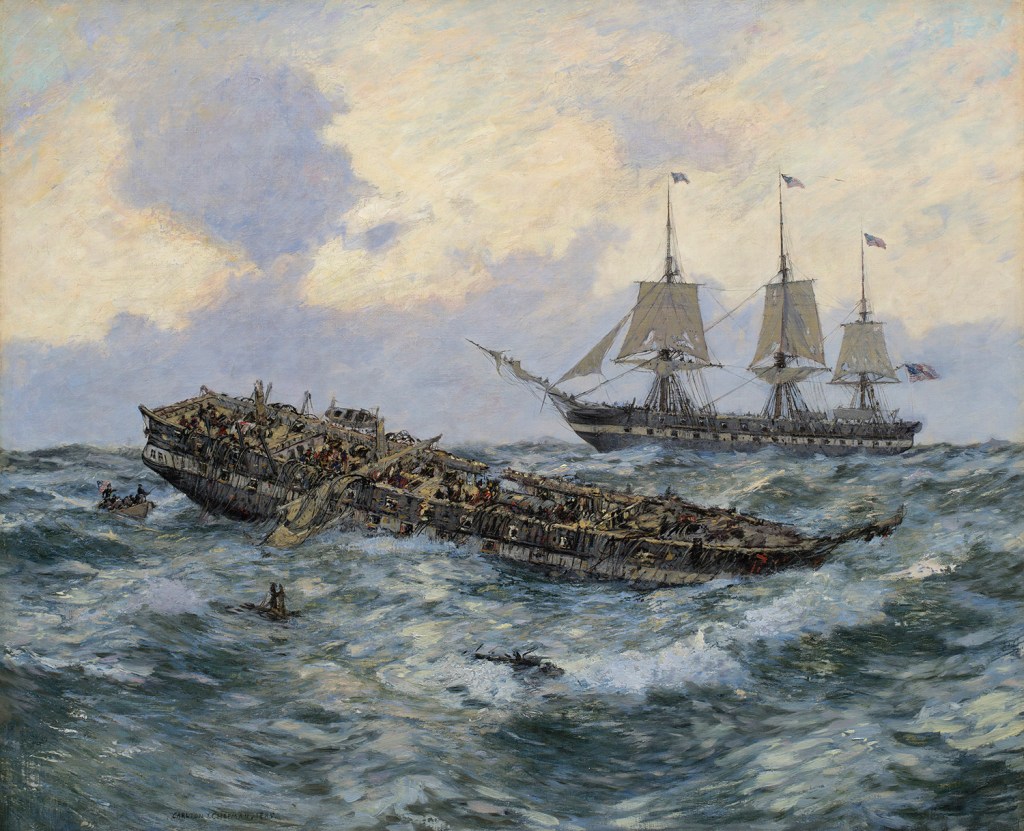
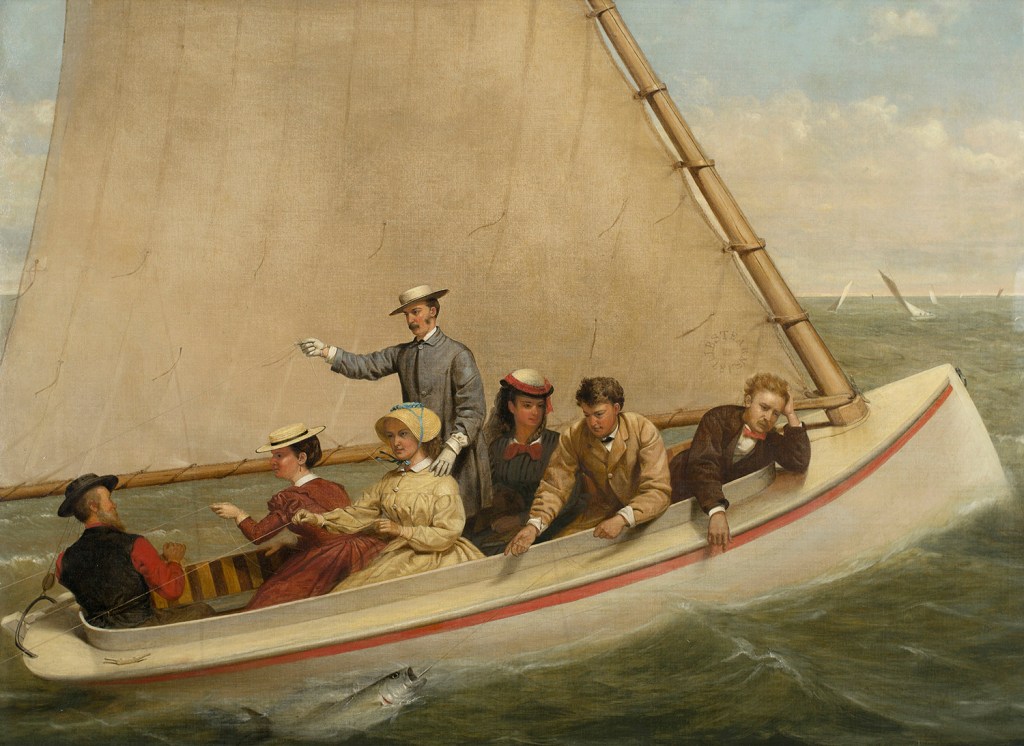
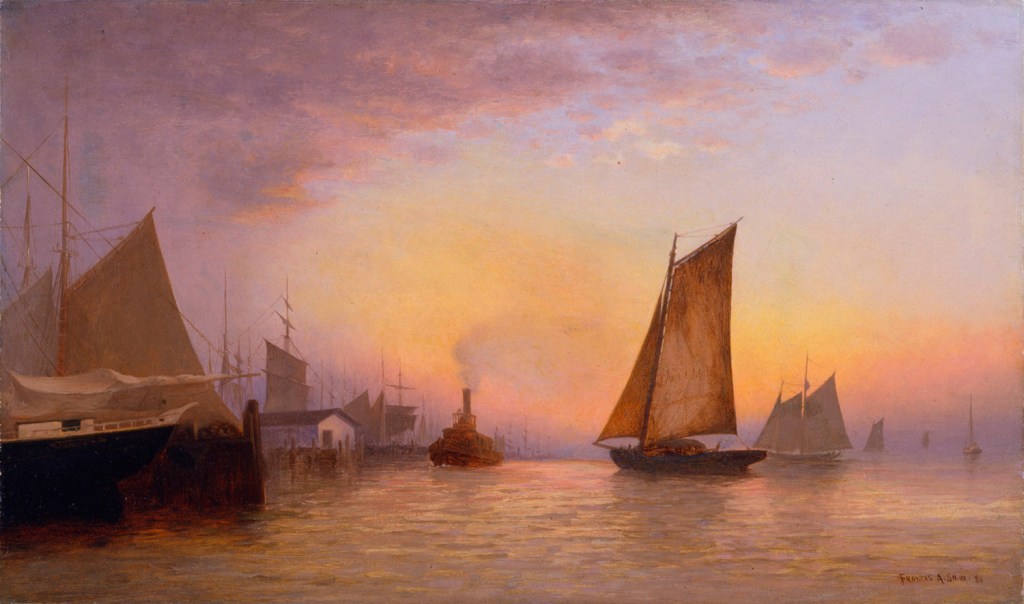
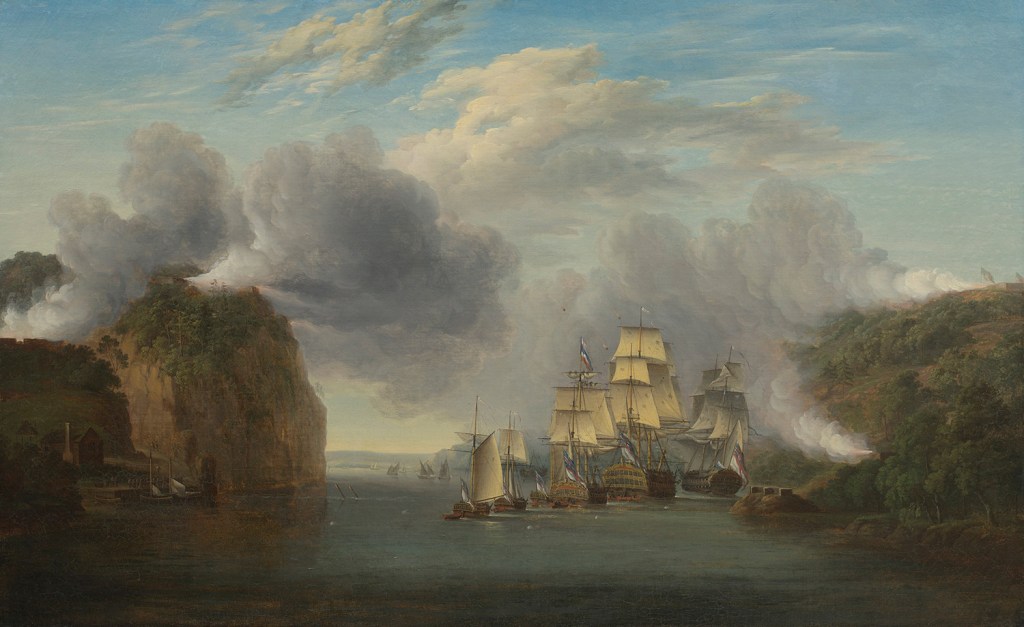
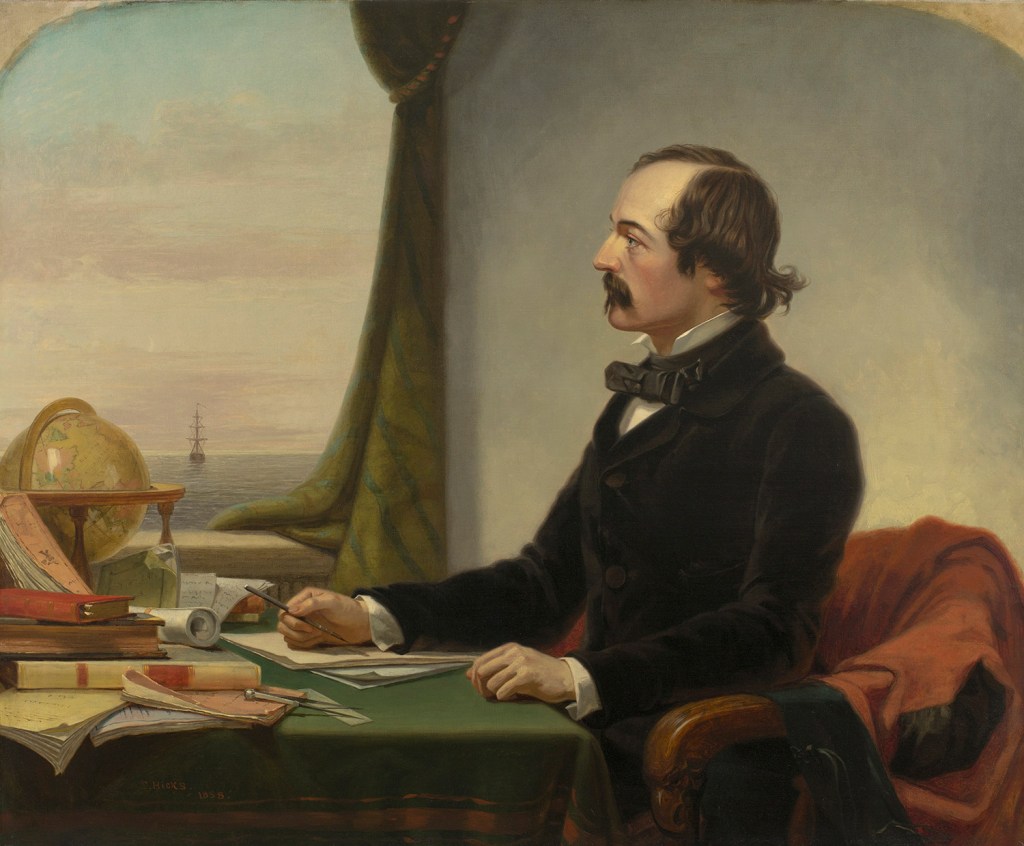
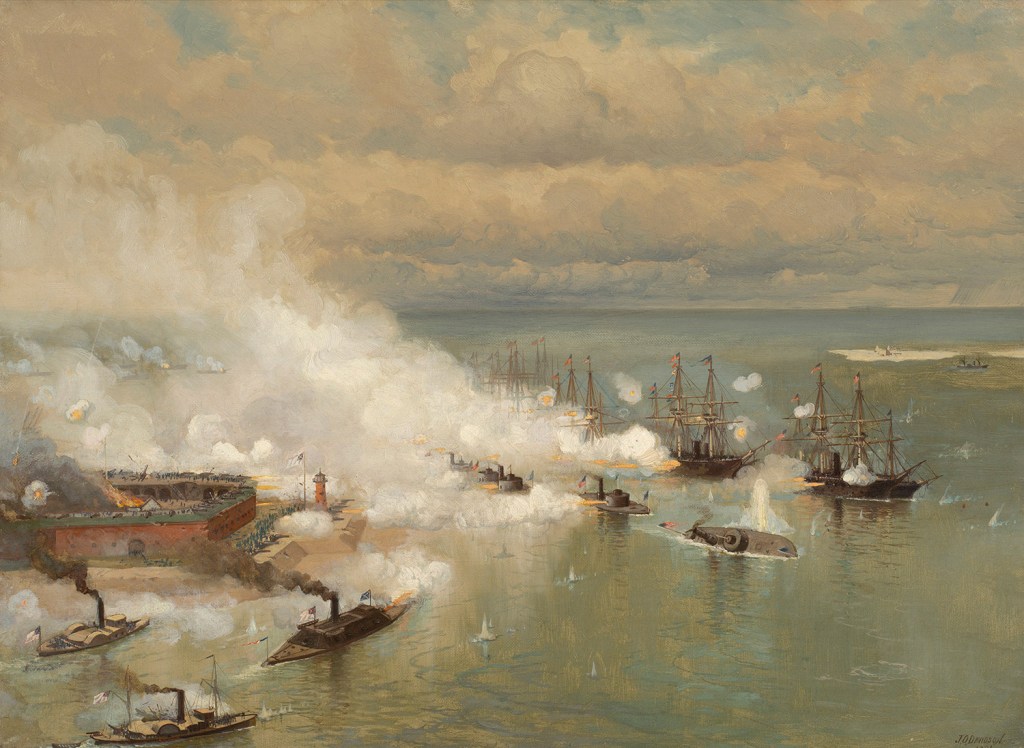
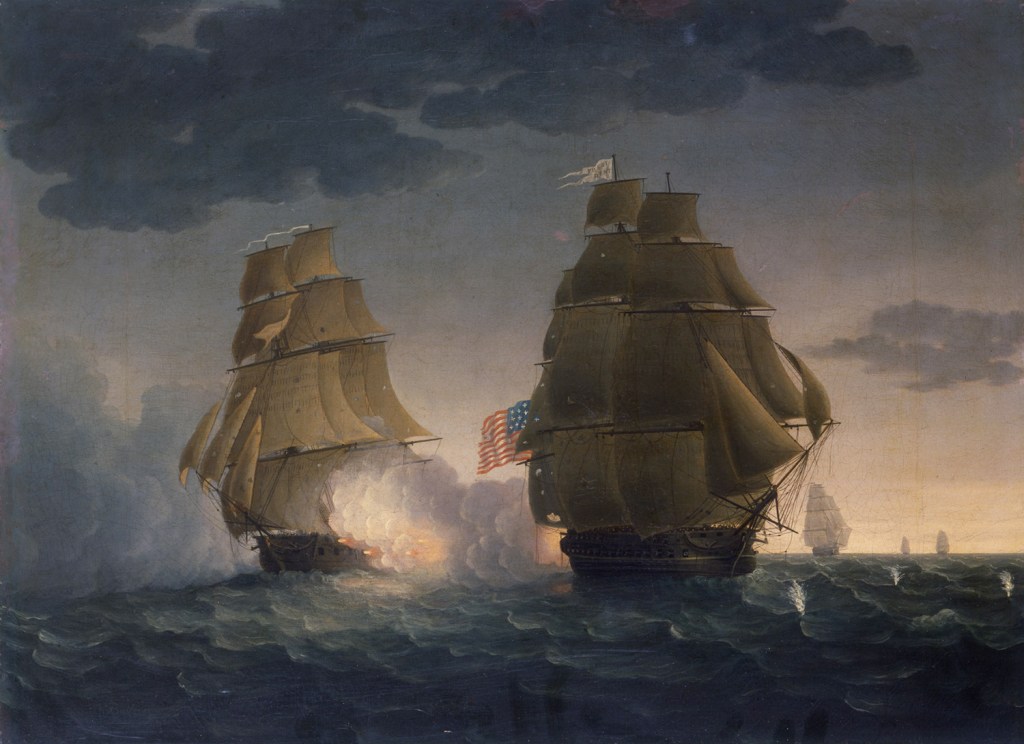
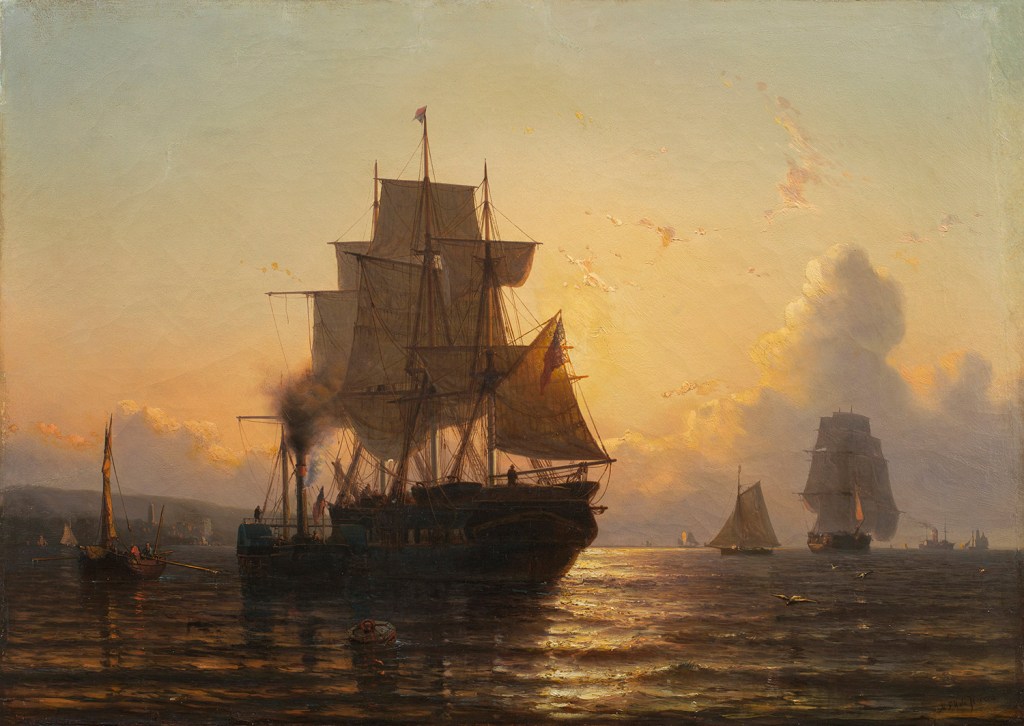
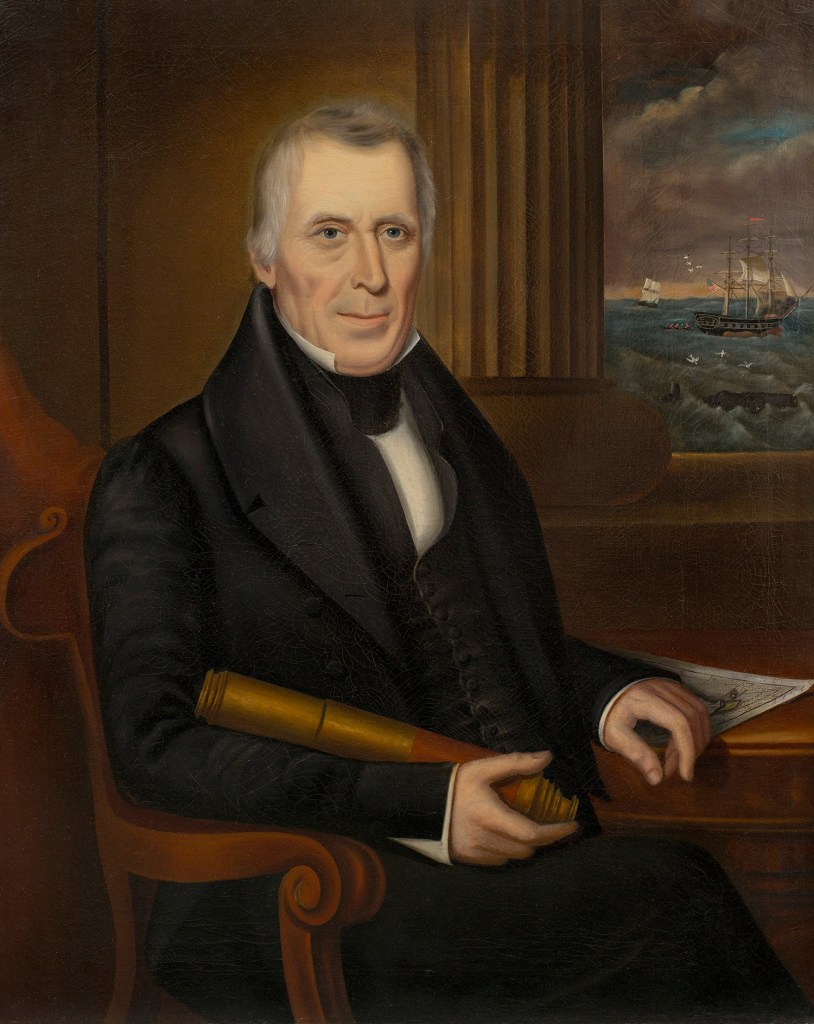

Success. Please wait for the page to reload. If the page does not reload within 5 seconds, please refresh the page.
Enter your email and password to access comments.
Hi, to comment on stories you must . This profile is in addition to your subscription and website login.
Already have a commenting profile? .
Invalid username/password.
Please check your email to confirm and complete your registration.
Only subscribers are eligible to post comments. Please subscribe or login first for digital access. Here’s why.
Use the form below to reset your password. When you've submitted your account email, we will send an email with a reset code.